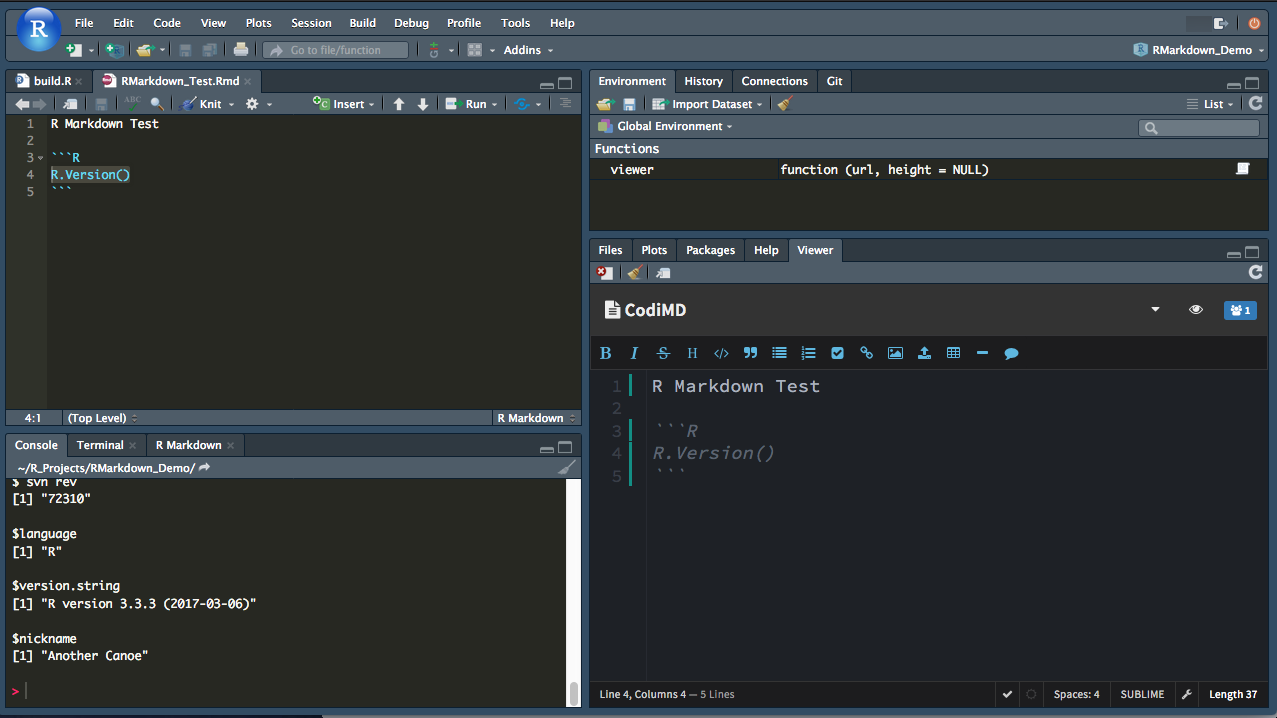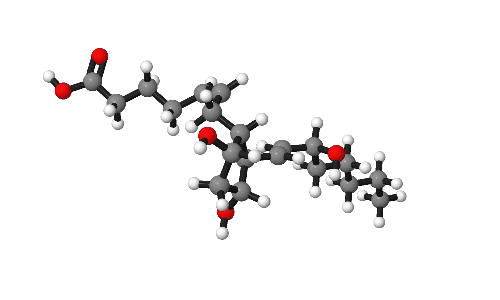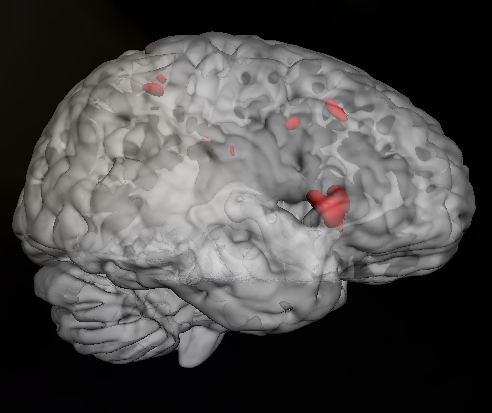Document editing and report creation are key parts of any researcher’s workflow. Thankfully, the tools to edit research documents have improved greatly over the last few years. While I used to write most documents with $ \LaTeX $, I’d now recommend that researchers use R Markdown.
R Markdown allows the use of R code in a Markdown format and is also easily extended with features. For example, there is the excellent bookdown package which allows easy use of book formatting, bibliographies and cross-references with Markdown.



